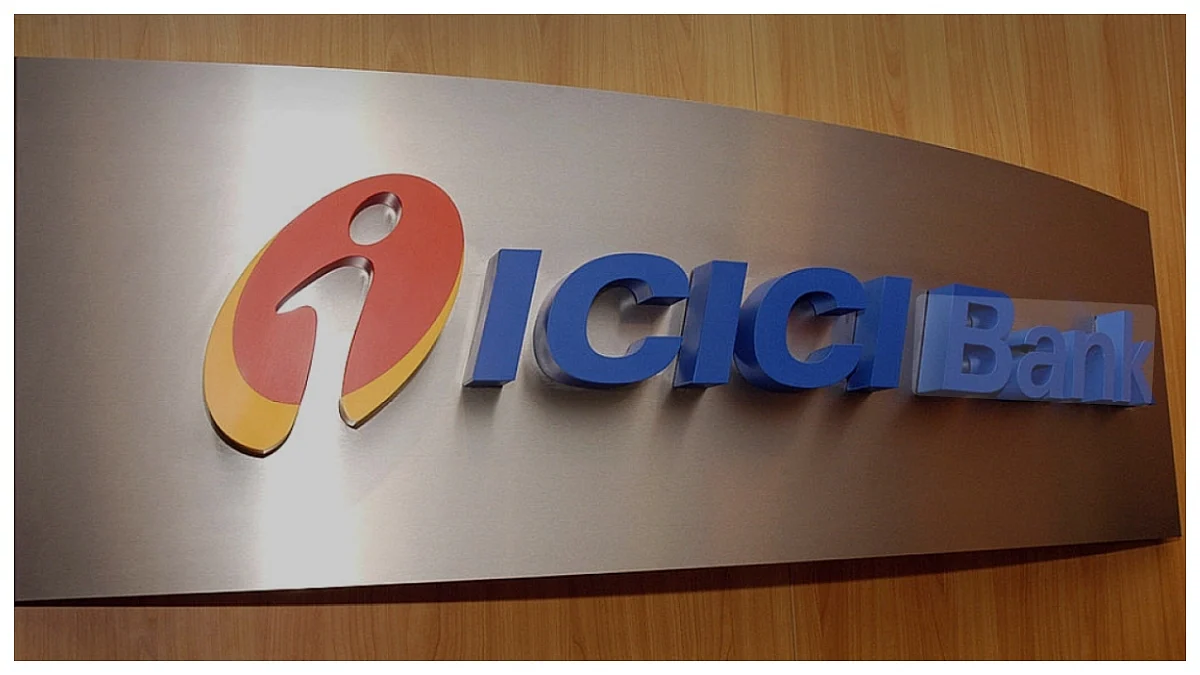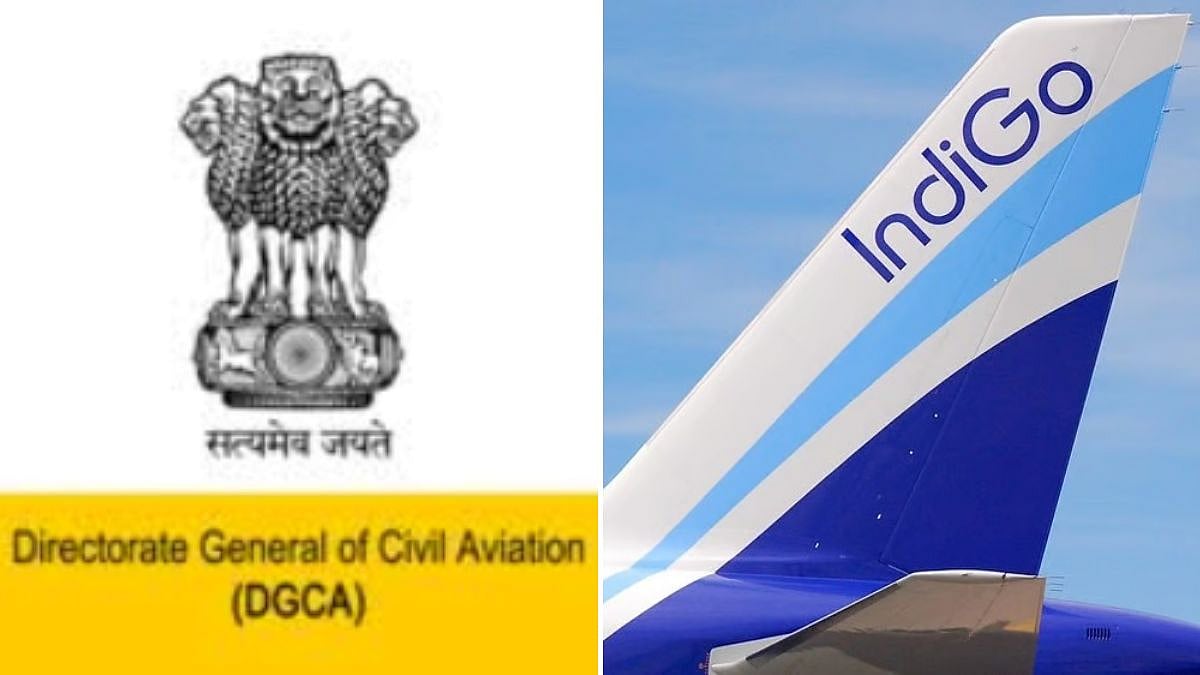Mumbai : From increasing exports to accelerating food processing, to increasing efficiency in farm, are usually considered as enablers to double farmer’s income. But none of this will be possible unless you have a mechanism to maximise the nutritional value of agricultural output, and minimise losses as well.
“Much of the food gets destroyed and damaged even before it reaches the customers’ plate. In order to tackle the concern surrounding food loss, there is a need to have agri-logistics (which includes cold chain solutions) which ensures that fresh whole produce reaches the end consumer,” stated National Centre for Cold Chain Development (NCCD) CEO and chief advisor Pawanexh Kohli.
Such food losses can be anywhere between 15 per cent and 40 per cent. According to the Committee for Doubling Farmers’ Income (DFI) report, the loss in the farm-to-market link segment, whether at 15 per cent or 40 per cent, is an unmistakeable opportunity to add to farmers’ income. As per Food and Agriculture Organization (FAO) and CIPHET reports, compared to countries globally, the food losses occurring in South Asian countries especially in India is lower.
However, other estimates by organisations like Indian Council of Agricultural Research (ICAR), state that “the Indian agriculture sector incurs 18 to 25 per cent losses in the entire supply-chain (moving produce),” revealed DFI report.
“Efficient agri-logistics and enhanced market linkage are the key factors which help reduce food losses,” added Kohli. Lack of technology is not the only reason, but a large quantity of food loss is due to lack of access to the national markets too.
He further said, “Cold chain is for perishable items. Cold chain is a process that buys the marketable life of any perishable product.” At present, cold chain is largely used for ice cream, dairy products and some extend for fruits in the country. But Kohli believes there is a growing need for fresh produces like veggies to have their model for cold chain. “We need a green revolution like the famed white revolution which was led by Dr. Verghese Kurien.”
“The first enabler for this is pack houses which would be equipped with a pre-cooler and dispatch room for transport,” stated Kohli. “At present India has 350 pack houses, but India needs about 70,000 pack houses.” In a report of DFI, it was stated that lack of pack houses and transport connectivity result in a breach in the integrity of cold-chain. “This also results in most of the cold storage capacity being used to store only crops like potato, dried chillies, pulses, etc. which do not need onwards cold-chain connectivity.” According to NCCD’s 2015 study, in terms on cold chain infrastructure, India is falling short by 10 per cent for cold storage, but there is a gap of more than 90 per cent in ripening units. Meanwhile, there is a massive shortage of 99 per cent for integrated pack houses.
While there is a growing consensus that there is a need to have cold chain across front-end and back-end, Kohli argues that there is a need to just have cold chain in the back-end — post cultivation — but there is no need to have cold chain or refrigerating systems at retail or street vendor levels. “We have a phenomenal front end,” Kohli believes. “I believe the vendors or the retailers, have to manage their supply to reduce losses. One cannot expect a small vendor with a cart (who moves around or is stationed) to have a refrigerating system installed in his cart.
This would not only add burden to their mobility but also impact their selling model.” For instance installing a refrigerating system, would mean either the vendor will have to carry it home every night or stay with their cart so that the system is not stolen. “We need to evaluate such ideas before making such claims,” stated Kohli.
Yet another point highlighted by Kohli is the need to have pick-up points for vendors. “This will not only save fuel, money but time of the vendors. This will allow small and medium vendors to have a higher profit margin.”
Apart from logistics, market linkages are also critical. The 2018-19 budget announcement to develop and upgrade existing 22,000 rural haats into Gramin Agricultural Markets (GrAMs), will help in market linkages, stated Kohli.
These GrAMs, electronically linked to e-NAM and exempted from regulations of APMCs, will provide farmers the facility to make direct sale to consumers and bulk purchasers.
“This would be like a commodity market that will allow farmers to reduce losses and get the right price for their produce.” This will reduce middleman and to make this linkage smooth there is a need for agri logistics like cold chain.








